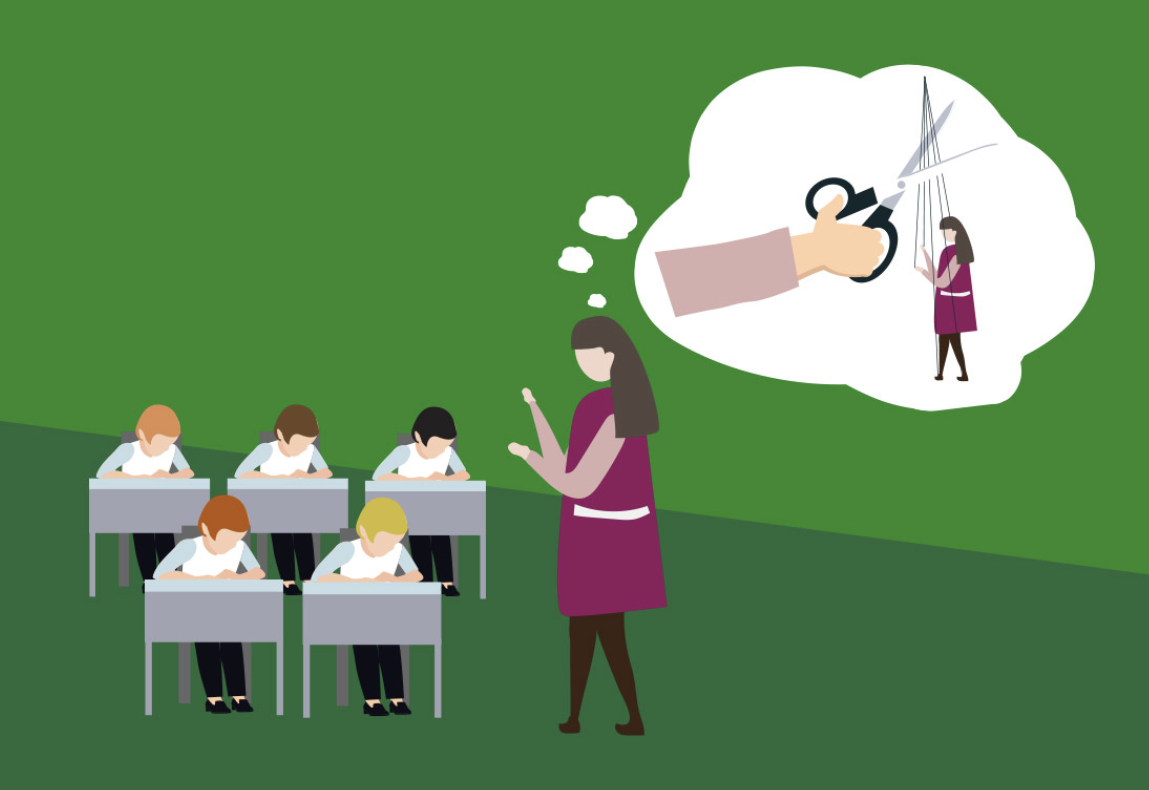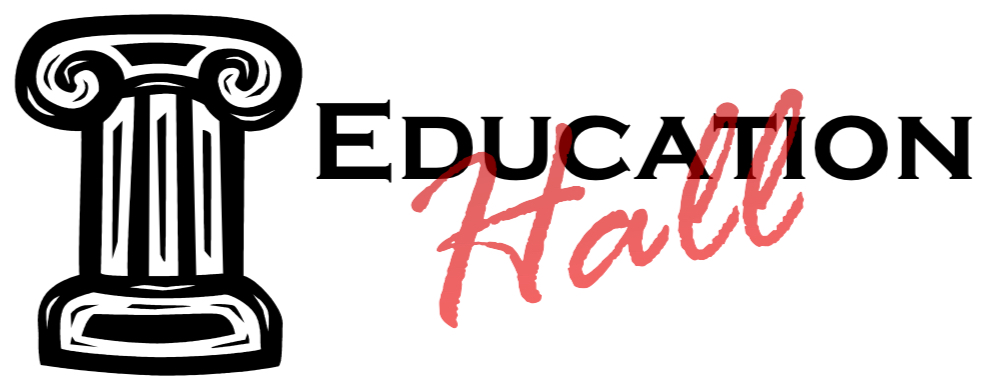
When it comes to leading an activity, teaching a lesson, or progressing through a unit, we want our students to learn as much as possible, right? Presumably, that’s the charge that faces us in education: Increase student learning outcomes. No one would argue with prioritizing student learning, since it’s long been the bedrock of our schooling system’s mission. We want all of our students—verily, each and every one of them—to learn at high levels.
So how do we do achieve that lofty goal?
Fortunately, we live the Information Age, and we have access, literally at our fingertips, to oodles of research about what works in education. From Bob Marzano to John Hattie and back, we know what we ought to be doing and how we ought to be doing it, if (and this is a big IF) we truly subscribe to the learning-first and learning-for-every-single-kid mission.
Here comes an unpopular reality: We sometimes do things in our government offices, boardrooms, schools and classrooms because they meet adults’ needs, not students’ needs. Let’s leave the politicians and policymakers out of this particular conversation, because we’re going to focus our attention on what we’re doing at the building level—where our locus of control is.
Make no mistake, autonomy is important. Dan Pink, in “Drive,” suggested autonomy is one of the three levers that affect intrinsic motivation in the workplace (along with mastery and purpose). We want to be in charge. We want to make decisions. We want to believe we control our own destiny, and we don’t want people telling us what to do all the time. We’ll choose for ourselves, thank you very much.
What if, however, our decisions are based on whimsy? What if we’re choosing to teach certain content based primarily on our preference? What if we select our lessons because of what we enjoy, rather than what our students need to learn? What if we opt to do what’s easiest, or most comfortable, rather than challenging ourselves and our students?
Sounds outrageous, doesn’t it? Yet it’s one of the most common concerns raised to me by administrators, instructional coaches, and fellow teachers. Consider these questions I’ve fielded recently:
*How do we support a teacher who teaches a unit (say, the “dinosaur unit”) because it’s her favorite and she says the kids love it?
*How do we support a teacher who says he won’t have his hands tied by a scripted curriculum and he’ll teach the way he knows works best?
*How do we support a department that engages in cursory, logistics-based team planning sessions then lets their teachers do their own thing?
*How do we support a teaching staff that demands to be treated like professionals and insists that they make their own decisions based on their students’ needs?
*How do we support an administrator that buckles to the teachers’ requests to “leave them alone and let them teach”?
There are a handful of ways teachers can use high-reliability strategies to teach a guaranteed and viable curriculum in a manner that allows for professional discretion, individual delivery, differentiation for individual student needs, and adaptations to address the unique culture of learners in a particular class.
Let’s swing back to the research now. If there are decades of meta-analyses containing mountains of data about a) what we ought to teach and b) how we ought to teach it, let’s use ‘em!
- What to teach? According to Bob Marzano and Rick DuFour in “Leaders of Learning,” a guaranteed and viable curriculum is the variable most strongly related to student achievement at the school level. What does that mean? Well, the fact that it is guaranteed assures us that specific content is taught in specific courses and at specific grade levels, regardless of the teacher to whom a student is assigned. The fact that it is viable indicates that there is enough instructional time available to actually teach the content identified as important (2011, p. 89-91).
- How to teach it? In the recently published mega meta-analysis “The New Classroom Instruction That Works,” authors Bryan Goodwin and Kris Rouleau reveal 14 research- and evidence-based instructional strategies that reliable result in increased student learning outcomes. The book is a remarkably thorough crosswalk between what brain science tells us about how students learn and how science tells us about the most effective teaching strategies (McREL, 2023).
If we’ve got a guaranteed and viable curriculum (see “a” above), that may or may not come in a pretty package with a neat bow and thoroughly laid out (some might say “scripted”) lessons, which could be interpreted as “plug and play” teaching. Open book, turn to page x, do as instructed.
If the instructional support materials are worth the package and bow, that likely also means they’ve incorporated high-reliability, high-yield instructional strategies (like the ones proposed in “b” above) to ensure high-quality first instruction.
So where does autonomy fit in? The devil, they say, is in the details. There are a handful of ways teachers can use high-reliability strategies (b) to teach a guaranteed and viable curriculum (a) in a manner that allows for professional discretion, individual delivery, differentiation for individual student needs, and adaptations to address the unique culture of learners in a particular class. Here are a few promising practices:
Plan for learning
Most great learning happens on purpose, which requires great teaching to happen on purpose, too. In planning sessions, drill down to the finer points of a lesson by asking yourself and your teammates questions like these:
- What knowledge and skills do my students actually need? Why is this important?
- How will I captivate my students’ interest in this learning?
- How will my students interact with, verbalize, and visualize new learning?
- What will my students need to think about while they’re learning?
- What opportunities will my students have to pause, digest, and reflect on their progress toward personal learning goals?
- How will my students practice applying their knowledge in novel situations?
*I’ve recently partnered with Bryan Goodwin, the lead author of The New Classroom Instruction That Works, to craft a handy guide for teachers and teacher teams with dozens of reflective prompts like these.
Explore your discretionary spaces
Have you ever watched a master chef at work in the kitchen? Or a first-chair cellist in the concert hall? They may start with a recipe or sheet music, and there’s a clearly identified outcome they’re aiming for, and there’s also their individual je ne sais quoi, that special something they bring to the challenge that adds immeasurable value. In the classroom, do you know what your je ne sais quoi is? Maybe it has something to do with how you bring energy and enthusiasm into every lesson. Maybe it’s your uncanny ability to build connections with students that compels them to engage. Maybe it’s your attentiveness to the lesson as it’s progressing to know when to call time-out and address misconceptions before they get too deeply ingrained.
Here’s a fun example: Actor Christopher Walken performs a spoken word version of Lady Gaga’s hit song Poker Face. Both are great, both are unique, and both use the same lyrics.
Become responsive to students’ needs
Tier One instructional delivery, in theory, ought to result in about 80-85% of students learning as expected. That means one of about every 4 or 5 students may struggle from the get-go. Do you know who they are? Can you anticipate their misconceptions and gaps? What mechanisms are you putting in place to monitor student learning as the lesson progresses? How are you using those data to adjust your instruction, confer with individual students or pull a small group, intentionally partner students, or otherwise offer creative solutions to ensure that learning happens? Responsiveness is that element of teaching that confirms your professionalism, that exhibits your focus on learning, that demonstrates your skill and attentiveness, and that requires your decision-making skills. Autonomy in the flesh.
The long and short of this discussion is this: As teachers, having autonomy doesn’t mean we can do whatever we want in a classroom. We have an obligation to ensure that each and every one of our students has access to (a) a guaranteed and viable curriculum and (b) high-quality instruction that’s based on research. How we plan it, how we deliver it, and how we assess learning in real-time and make adjustments on-the-fly are what make top-tier teachers like master chefs and first-chair cellists.
How will you move forward with this information? You’re in charge. You decide.
*Note: Special thanks to Marcus Prier for sharing the term “discretionary spaces” with me. I love it!
Pete Hall is the President/CEO of EducationHall, LLC, and the author of 12 books. He speaks, consults, and coaches with schools and organizations worldwide. You can reach him at PeteHall@EducationHall.com.
Stay Up To Date
Stay up to date with the latest news updates and blog posts
Share Article
Share this post with your network and friends

Recent Comments